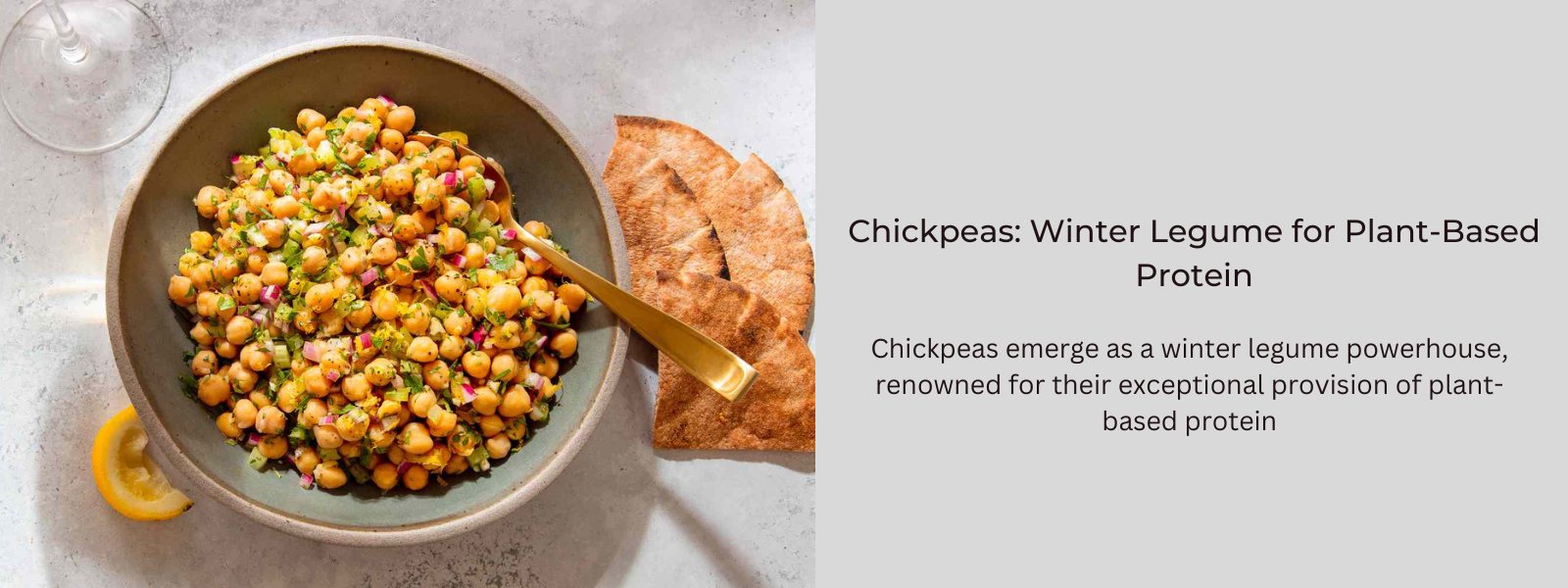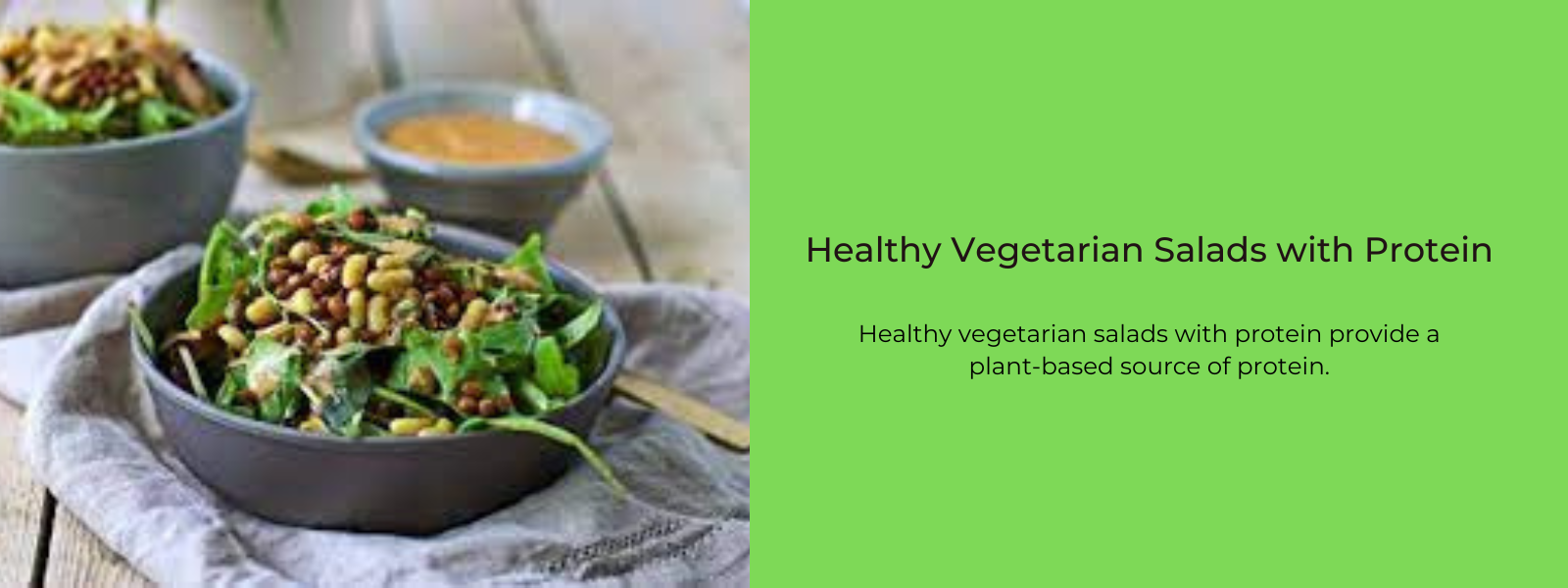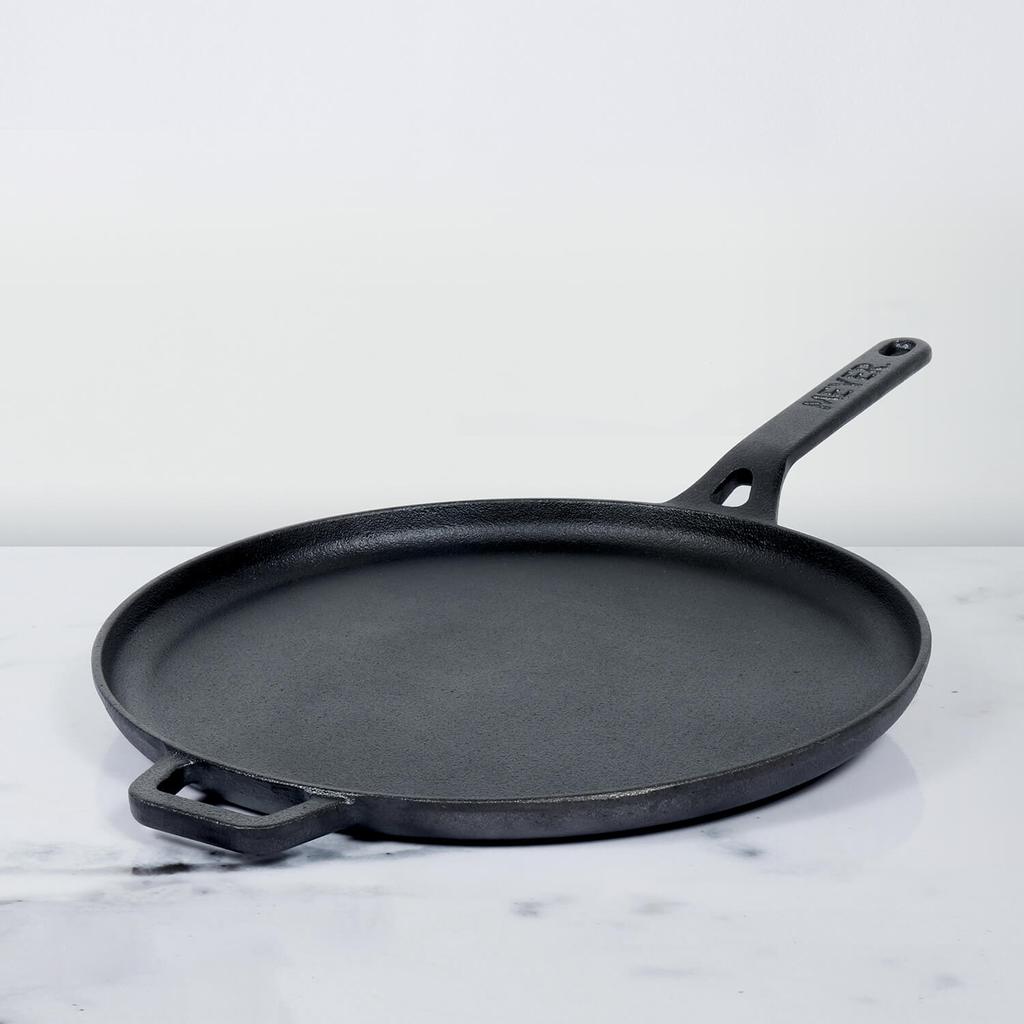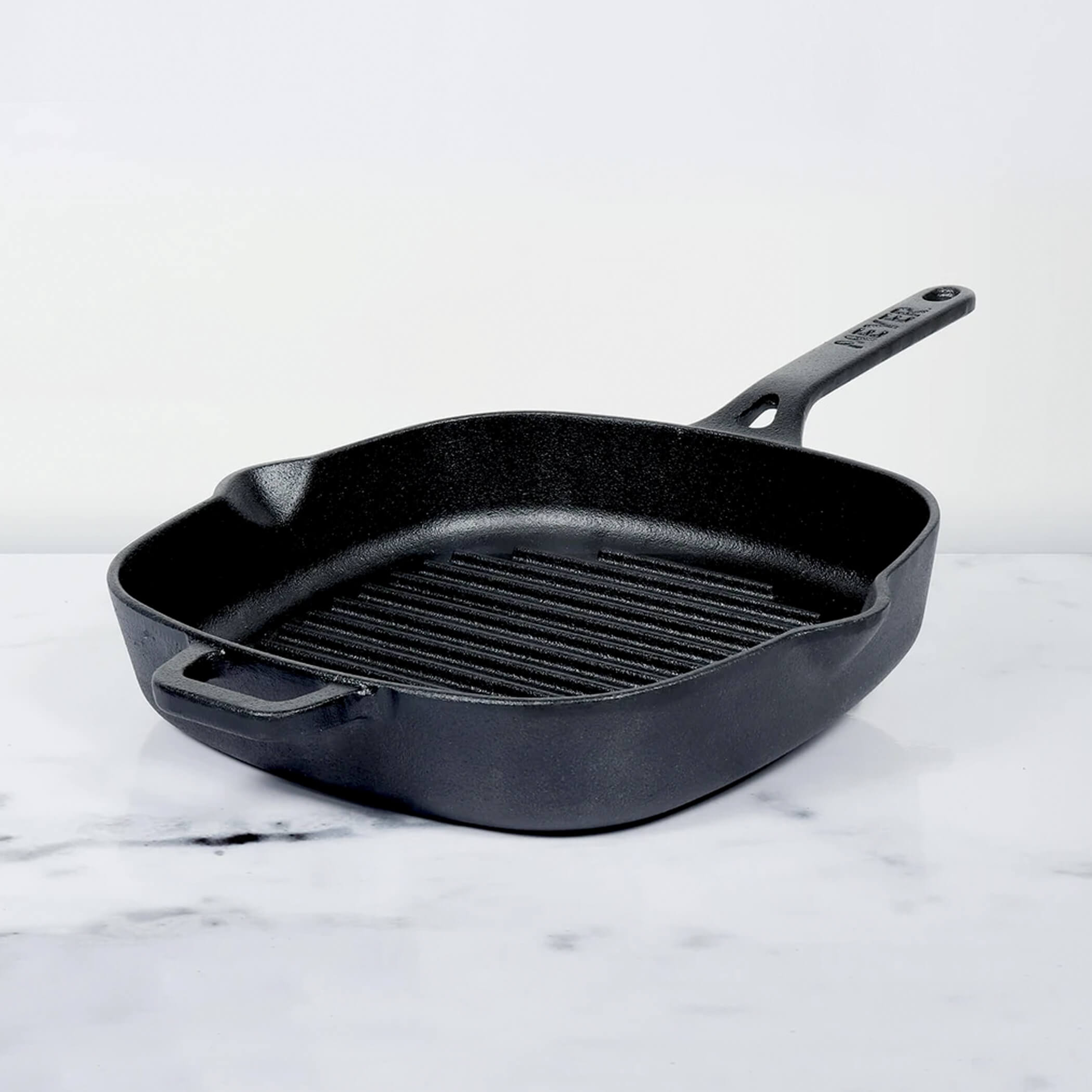Lean proteins refer to sources of dietary protein that are low in fat content, particularly saturated fat. These proteins provide essential amino acids for building and repairing tissues, promoting muscle growth, and supporting overall health, while minimizing the intake of excess dietary fat. Lean proteins are typically lower in calories and are a key component of a balanced and healthy diet. Common examples of lean proteins include skinless poultry, fish, lean cuts of beef and pork, tofu, tempeh, legumes (like lentils and beans), and low-fat dairy products. These protein sources are favored for their ability to deliver essential nutrients without an excess of unhealthy fats, making them suitable choices for those seeking to maintain or achieve a healthy body weight and reduce the risk of heart disease and other health issues.
Table of Contents
Benefits Of Lean Proteins:
- Weight Management: Lean protein can help with weight management by promoting a feeling of fullness and satisfaction, which can reduce overall calorie intake. It also supports muscle growth and maintenance, which can enhance metabolism.
- Muscle Health: Protein is essential for building and repairing muscles. Consuming lean protein helps maintain muscle mass and can be particularly beneficial for active individuals, athletes, and older adults.
- Heart Health: Lean protein sources are typically low in saturated fat, which is associated with heart disease. Choosing lean protein can help reduce your intake of unhealthy fats, leading to improved heart health.
- Blood Sugar Control: Including lean protein in your meals can help stabilize blood sugar levels, which is especially important for individuals with diabetes or those at risk of developing the condition.
- Bone Health: Some lean protein sources, like low-fat dairy products, provide calcium and vitamin D, which are essential for strong and healthy bones.
- Reduced Risk of Chronic Diseases: A diet rich in lean protein, along with fruits, vegetables, and whole grains, can contribute to a reduced risk of chronic diseases such as obesity, type 2 diabetes, and certain cancers.
- Satiety and Appetite Control: Protein has a high satiety factor, helping you feel full and satisfied after meals. This can aid in appetite control and reduce the likelihood of overeating.
- Nutrient Density: Lean proteins are often nutrient-dense, providing essential vitamins and minerals along with protein. For example, fish is a good source of omega-3 fatty acids, which support heart and brain health.
- Improved Immune Function: Proteins play a role in maintaining a strong immune system. Consuming adequate protein supports the production of antibodies and immune cells.
- Balanced Diet: Lean protein is a fundamental component of a well-balanced diet. When combined with a variety of other foods, it can help you meet your nutritional needs.
Does Lean Protein Help You Lose Weight?
Lean protein is not a strict requirement for weight loss, but it plays a valuable role in the process. When aiming to shed excess pounds, the fundamental principle is to create a calorie deficit, where you consume fewer calories than your body expends. Lean protein, such as skinless poultry, fish, and legumes, is advantageous for weight loss due to its high satiety factor, which helps control appetite and prevent overeating. Additionally, it supports muscle preservation, ensuring that the majority of weight loss comes from fat rather than muscle. While not a sole solution, incorporating lean protein into a balanced diet aids in achieving a calorie deficit and promotes overall health during the weight loss journey. It's best used in conjunction with calorie control, regular physical activity, and behavior modifications for long-term success.
Cooking Method Of Chicken:
- Grilling: Grilled chicken is a popular and healthy choice. Marinate chicken breasts or thighs in your favorite flavors (such as lemon and herbs) before grilling for added taste.
- Baking: Baking chicken is a simple and low-fat cooking method. Season the chicken with herbs and spices and bake until it's cooked through.
- Poaching: Poaching chicken in seasoned water or broth can keep it moist and flavorful. It's an excellent method for making chicken for salads or sandwiches.
- Stir-Frying: Slice chicken into thin strips and stir-fry with an assortment of vegetables for a quick and healthy meal. Use minimal oil and add flavorful sauces like soy or teriyaki.
- Roasting: Roasting chicken with a variety of vegetables can create a one-pan meal. Season with herbs and spices for added flavor.
Cooking Method Of Fish:
- Baking: Baking fish is a straightforward method. Season the fish with herbs, lemon, and a touch of olive oil, and bake until it flakes easily with a fork.
- Grilling: Grilled fish has a delightful smoky flavor. Use a grill basket or foil to prevent the fish from sticking to the grill grates. Marinate it for added taste.
- Pan-Searing: Heat a pan with a small amount of oil, then sear fish fillets for a crispy outer layer. Serve with a fresh salsa or lemon butter sauce.
- Steaming: Steaming fish preserves its natural flavors and nutrients. You can steam it with ginger, garlic, and soy sauce for an Asian twist.
- Ceviche: Ceviche is a preparation method where fish is "cooked" in citrus juices. Combine fish with lime or lemon juice, herbs, and spices for a refreshing dish.
Cooking Method Of Other Lean Proteins:
- Turkey: Ground turkey can be used in place of ground beef for a lower-fat alternative in dishes like burgers, meatloaf, and chili.
- Lean Cuts of Beef: Opt for lean cuts of beef like sirloin or tenderloin and prepare them with methods like grilling, roasting, or broiling.
- Tofu: Tofu is a plant-based lean protein. Marinate and stir-fry tofu, add it to soups, or use it in salads and sandwiches.
Points to Consider While Cooking Lean Proteins:
When cooking with lean proteins like chicken, fish, and other low-fat options, there are some key considerations to keep in mind to ensure that your dishes are both delicious and healthy:
- Avoid Overcooking: Lean proteins can dry out if overcooked. Use a meat thermometer to cook them to the recommended safe temperature without overdoing it. For example, chicken should be cooked to an internal temperature of 165°F (74°C), while fish should flake easily with a fork.
- Season Well: Lean proteins can benefit from flavorful seasonings, herbs, and spices. Experiment with different herbs and spices to add taste without extra calories.
- Marination: Marinating your lean proteins before cooking can infuse them with flavor and help keep them moist. Marinades can include ingredients like olive oil, vinegar, herbs, and spices.
- Healthy Cooking Methods: Opt for healthier cooking methods like grilling, baking, broiling, steaming, or poaching. These methods use less added fat compared to frying or deep-frying.
- Portion Control: Be mindful of portion sizes to control calorie intake. A 3-ounce (85-gram) serving of lean protein, roughly the size of a deck of cards, is a standard portion.
- Balanced Meals: Combine lean proteins with plenty of vegetables and whole grains for a balanced and nutritious meal. This provides a variety of nutrients and fiber for overall health.
- Avoid Excessive Sauces: Some sauces and condiments can add extra calories and unhealthy fats to your dishes. Use them sparingly or choose healthier alternatives.
- Fish Varieties: Explore a variety of fish options to benefit from different flavors and nutritional profiles. Fatty fish like salmon provide heart-healthy omega-3 fatty acids, while white fish like cod are very lean.
- Freshness: Opt for fresh, high-quality lean proteins. Freshness enhances the flavor and texture of your dishes.
- Food Safety: Follow food safety guidelines to prevent foodborne illnesses. This includes proper storage, thawing, and handling of raw proteins.
By keeping these considerations in mind, you can create delicious and healthy meals with lean proteins while supporting your overall dietary and wellness goals.
Conclusion:
When cooking with lean proteins, remember to balance your meals with plenty of vegetables, whole grains, and healthy fats to create well-rounded and nutritious dishes. Experiment with different seasonings, sauces, and cooking methods to keep your meals exciting and flavorful while maintaining a healthy eating pattern.











Leave a comment